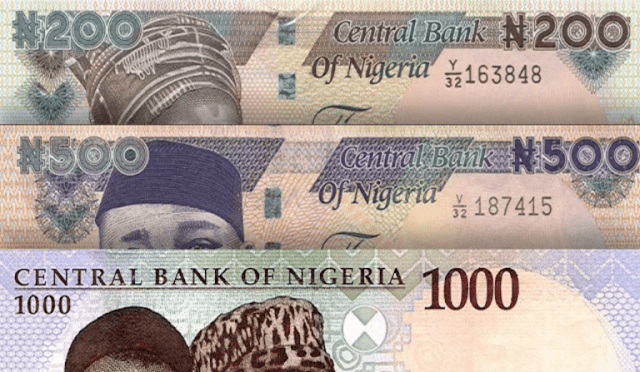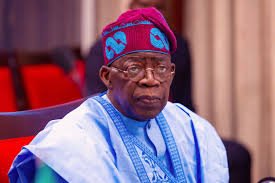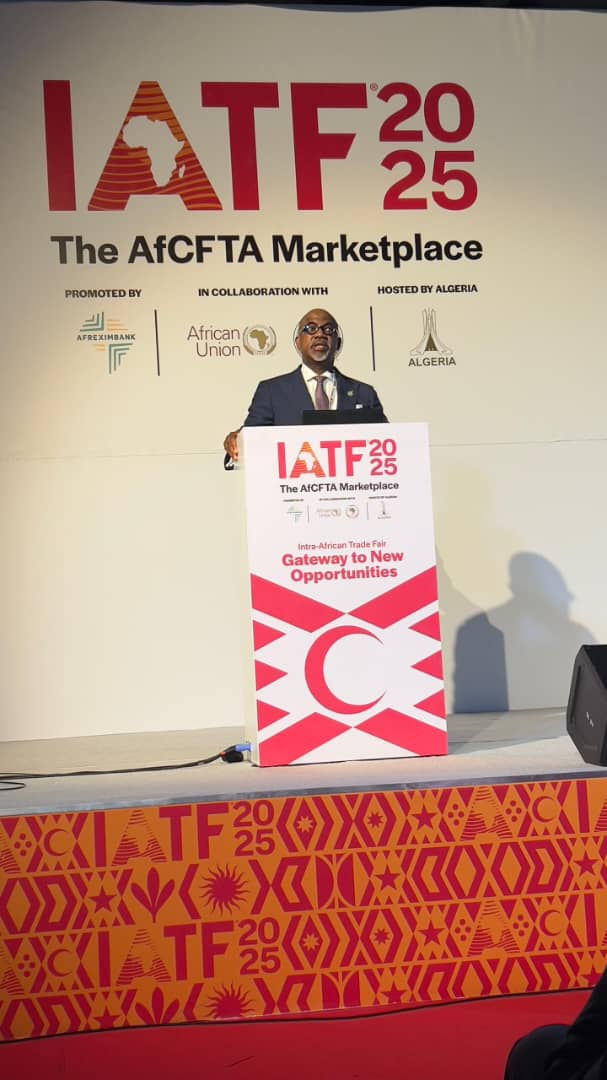In a promising turn for Nigeria’s beleaguered economy, the Nigerian Naira has embarked on September 2025 with a surge of strength against the United States Dollar, marking a notable improvement in the foreign exchange market. This positive momentum, observed in the early trading days of the month, is being attributed to enhanced liquidity levels, bolstered by proactive interventions from the Central Bank of Nigeria (CBN) and a stabilizing influx of foreign investments. As of September 8, 2025, the Naira traded at an average rate of N1,580 per dollar in the Investors and Exporters (I&E) window, a slight appreciation from the previous close of N1,585/$1 on August 30, 2025. This development comes after months of volatility that saw the local currency depreciate significantly earlier in the year, offering a glimmer of hope to policymakers, businesses, and everyday Nigerians grappling with rising import costs and inflation.
The Naira’s performance at the start of September is not an isolated event but part of a broader narrative in Nigeria’s economic recovery efforts under the administration of President Bola Ahmed Tinubu. Since assuming office in May 2023, the government has implemented sweeping reforms, including the unification of exchange rates and the removal of fuel subsidies, aimed at addressing long-standing distortions in the economy. These measures, while initially painful—triggering a sharp devaluation of the Naira from around N460/$1 to over N1,600/$1 at its lowest—have begun to yield dividends. The recent strengthening signals that the market is gradually adjusting to a more market-driven forex regime, with liquidity injections helping to bridge the persistent demand-supply gap that has plagued the currency.
To understand the context, it’s essential to delve into the recent history of the Naira. Throughout 2024 and into early 2025, the currency faced relentless pressure from factors such as declining oil revenues—Nigeria’s primary export earner—coupled with surging demand for dollars to service foreign debts and import essentials like food and machinery. By August 2025, the Naira had stabilized somewhat around N1,600/$1 in the official market, but parallel market rates hovered higher, often exceeding N1,650/$1, creating arbitrage opportunities and fueling black market activities. The Bureau de Change (BDC) segment, a critical avenue for small-scale forex needs, saw rates dip to N1,620/$1 by September 1, down from N1,640/$1 a week prior. This convergence between official and parallel rates is a key indicator of improved liquidity, as it reduces the wide spreads that previously exacerbated economic distortions.
Market data from the FMDQ Securities Exchange, where much of the I&E trading occurs, underscores this trend. On September 2, 2025—the first trading day of the month—the Naira opened stronger, appreciating by 0.32% to close at N1,580/$1. Trading volume in the I&E window surged to $112.5 million, a 15% increase from the $98.2 million recorded on August 30. This uptick in volume is crucial, as low liquidity has been a chronic issue, often leading to erratic rate movements. Analysts point to the CBN’s recent sale of $200 million to authorized dealers as a pivotal factor. The apex bank, under Governor Olayemi Cardoso, has ramped up its forex interventions since mid-2025, releasing dollars from its reserves to meet genuine demands, particularly for importers of non-oil products. Cardoso, in a recent interview with Bloomberg, emphasized that “sustained liquidity is the cornerstone of Naira stability,” highlighting the CBN’s commitment to avoiding the pitfalls of over-reliance on administrative controls.
The implications of this improved liquidity extend far beyond the trading floor. For businesses, a stronger Naira translates to lower costs for dollar-denominated imports, which constitute a significant portion of Nigeria’s consumption basket. Sectors like manufacturing, telecommunications, and agriculture stand to benefit immensely. Take, for instance, the food processing industry: With wheat, rice, and other staples largely imported, a depreciating Naira had driven up prices, contributing to food inflation rates exceeding 40% in 2025. A modest appreciation could ease this pressure, potentially stabilizing prices and boosting consumer spending. Similarly, in the tech sector, where hardware imports are vital, companies like MTN Nigeria and Airtel Africa have reported forex challenges in their quarterly earnings. Enhanced liquidity might reduce hedging costs, allowing these firms to invest more in network expansions and digital services, aligning with the government’s push for a digital economy.
Economists and market watchers are cautiously optimistic about this development. Dr. Ayodele Olagunju, a senior economist at PwC Nigeria, noted in a commentary published on September 5, 2025, that “the Naira’s September start signals a maturing forex market, where interventions are more targeted and less disruptive.” Olagunju attributes the gains to a combination of factors: First, the recovery in global oil prices, with Brent crude trading above $80 per barrel in early September, bolstering Nigeria’s foreign reserves to $35.2 billion as of August 31, up from $32.8 billion in July. Second, increased diaspora remittances, which hit a record $25 billion in 2024 and are projected to grow by 10% in 2025, providing a steady dollar inflow. Third, the liberalization of the investor portfolio, attracting over $1.2 billion in foreign direct investment (FDI) in the first half of 2025, particularly in renewable energy and fintech.
However, challenges remain. Nigeria’s economy is still vulnerable to external shocks, including geopolitical tensions in the Middle East that could spike oil prices or disrupt supply chains. Domestically, the persistent current account deficit—estimated at 3.5% of GDP—and high public debt servicing costs (over 90% of revenues) continue to strain reserves. Moreover, inflation, which eased slightly to 32.5% in August 2025 from 33.2% in July, remains a thorn, eroding purchasing power. The Monetary Policy Committee (MPC) of the CBN, in its July meeting, had hiked the benchmark interest rate to 27.5% to combat this, but further tightening could dampen growth if the Naira doesn’t hold its gains.
Looking at historical parallels, the Naira’s current trajectory echoes the post-2008 global financial crisis period when the CBN’s reforms led to a period of stability. In 2010-2012, the Naira traded steadily around N150-$160/$1, supported by high oil prices and prudent fiscal management. Today’s context is different, with a more diversified economy—non-oil sectors now contribute 95% to GDP—but the lessons are clear: Sustained reforms are key. The Tinubu administration’s Economic Stabilization Plan, launched in 2024, includes measures like enhancing agricultural exports to reduce import dependence and digitizing remittances to curb illicit flows. Initiatives such as the African Continental Free Trade Area (AfCFTA) are also gaining traction, with Nigeria’s non-oil exports rising 20% year-on-year to $5.4 billion in the first eight months of 2025.
Public sentiment, as gauged from social media and street interviews in Lagos and Abuja, is mixed but leaning positive. Traders at the Alaba International Market, a hub for electronics imports, expressed relief over the lower dollar rates, with one vendor, Chinedu Okoro, stating, “If this continues, we can price goods better and avoid constant price hikes.” Yet, skepticism persists among salary earners, who recall the 2023 devaluation’s immediate impact on living costs. Civil society groups like the BudgIT Foundation have called for transparency in CBN interventions, warning against a return to opaque dollar sales that benefited elites in the past.
From a global perspective, the Naira’s performance is being watched closely by international financial institutions. The International Monetary Fund (IMF), in its latest Article IV consultation report released on September 3, 2025, praised Nigeria’s forex reforms but urged deeper structural changes, including subsidy rationalization and tax base expansion. The World Bank projects Nigeria’s GDP growth at 3.2% for 2025, up from 2.9% in 2024, contingent on sustained Naira stability and oil output averaging 1.5 million barrels per day. Rating agencies like Moody’s have maintained Nigeria’s B2 rating with a stable outlook, citing improved reserves as a buffer against volatility.
Sector-specific impacts are noteworthy. In aviation, airlines like Arik Air and Overland Airways have struggled with dollar-denominated lease payments and fuel imports; a stronger Naira could alleviate this, potentially lowering ticket prices. The pharmaceutical industry, which imports 70% of its drugs, anticipates cost savings that could make healthcare more affordable amid ongoing reforms under the National Health Insurance Authority. Even in real estate, where foreign investors seek dollar hedges, increased liquidity might spur developments in Abuja’s high-end districts.
Critics, however, caution against overhyping the gains. Bismarck Rewane, CEO of Financial Derivatives Company, in a panel discussion on Channels TV on September 6, 2025, remarked, “While liquidity is improving, we must address root causes like smuggling and corruption that drain dollars.” Rewane points to the $10 billion annual loss from oil theft as a persistent drag. Additionally, the parallel market’s response—where rates fell to N1,610/$1 by September 8—suggests alignment, but volumes remain low at around $50 million daily compared to the official market’s $100 million-plus.
Policy responses are evolving. The CBN has signaled plans to introduce a Naira stablecoin pilot in Q4 2025 to facilitate cross-border payments, potentially reducing remittance costs from 7% to under 3%. The Federal Ministry of Finance is also advancing the e-Naira 2.0 upgrade, integrating it with banking apps to boost adoption beyond the current 1.5 million users. These digital innovations align with global trends, where countries like Brazil and India have seen currency stabilization through fintech.
Socially, the Naira’s uptick could mitigate inequality. With 40% of Nigerians living below the poverty line, cheaper imports mean more disposable income for basics. Women’s groups highlight benefits for female-headed households, who bear the brunt of food price volatility. Educationally, it aids in funding scholarships and school supplies, supporting the government’s free education pledge.
Environmentally, a stable Naira encourages green investments. The $750 million Just Energy Transition Partnership (JETP) deal with international partners could accelerate if forex risks diminish, aiding Nigeria’s net-zero ambitions by 2060.
In conclusion, as September 2025 unfolds, the Naira’s strong start symbolizes resilience in Nigeria’s economic journey. While hurdles like inflation and debt loom, the convergence of policy, market forces, and global support offers a pathway to sustainability. Stakeholders must remain vigilant, ensuring that liquidity gains translate into inclusive growth. For now, this forex rally is a welcome narrative in a year of reforms, potentially setting the stage for a more prosperous Nigeria.








